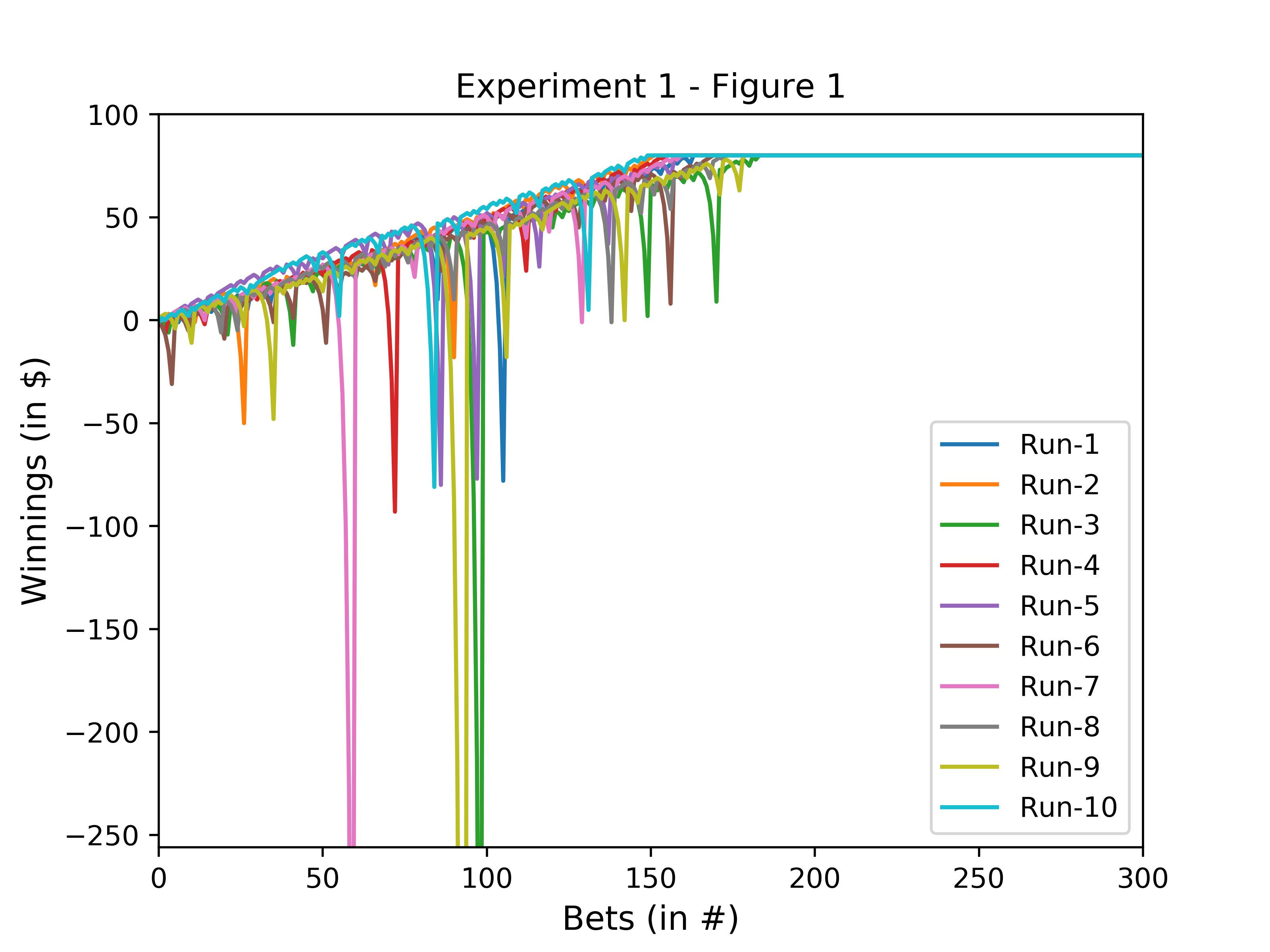What Does 100 Mean Betting
- What Does 1/100 Mean In Betting
- 100 Odds
- What Does +100 Mean When Betting
- Plus 100 Betting
- What Does 100 Odds Mean

American odds are read differently for favourites and underdogs:
For example, if the odds are +750, the bettor would receive $750 dollars if their bet was successful. If the odds were -750, the bettor would have to wager $750 in order to profit $100 (and therefore receive back $850 in total). Now you can tell that $7.50, 13/2 and +650 all mean. Now, what does the -200 mean? This means that you would have to bet $200 on the Packers in order to win $100 back. Anytime you see odds with a minus in front of it, take the number and that is what you would need to bet in order to win $100 in profit. So, a -450 number would mean that you would have to bet $450 in order to win $100 in profit back. What Does -110 Mean in Sports Betting? The minus and plus signs are really important to pay attention to. Along with the number, they tell you tons of information about the bet and the match. Keep reading for more detailed explanations of what the plus and minus signs mean and how to read them. The sports betting line may show -110, its usually -110, -105 or -115 as those are very common. So if your bet was -110 and you bet a $100, and your team wins by 8, you dont win a $100. You were at -110, which in sports betting means you win a $100 if you bet $110, so your $100 bet will win you $90 something etc. A $10 bet on +120 odds would pay out $12 in profits. Examples: Below is an example of NFL betting odds taken from an online betting site. In this example you can see Los Angeles is listed at +130 ($100 bet pays $130 plus of course your original wager back) and New England is listed at -150 ($150 bet pays $100).

Favourite (odds that start with -): odds are the amount you need to stake to win 100
Underdog (odds that start with +): odds are the amount you would win if you bet 100
Example:
Odds = +180
Stake = 100
Total Payout = 180
As the name implies, American odds are most commonly used in the USA and Canada. They are much less common in Europe, falling in favour to Decimal or Fractional odds. Let’s take a look at a matchup between Nadal and Djokovic; assume an oddsmaker set the odds like this:
Nadal -152
Djokovic +120
What Does 1/100 Mean In Betting
The first thing to note is the “+” and the “-” before the number for each market.
If a market has a “+”, that means it is the underdog. That is, it is the market perceived to have a lower chance of winning the matchup.

100 Odds
If a market has a “-”, then it is the favourite, perceived to have the higher chance of winning the matchup.
What Does +100 Mean When Betting
In this example, Djokovic is the underdog, and Nadal is the favourite – pretty straightforward, right?
The numbers after those symbols are used as an indicator of how likely the teams are perceived to be to win or lose.
For favorites, the number is the amount you would need to risk in order to win 100. In the case of Nadal, you would need to risk 152 to make a profit of 100. If Nadal wins, your 152 is returned to you, plus your 100 profit. But if Nadal loses, then you lose the 152 you risked. Easy enough.
Plus 100 Betting
For underdogs, the number is the amount you would win if you risked 100. If you risked 100 on Djokovic then you would win 120 if he won the matchup, and of course you would get your initial 100 returned on top of that. Even easier!
What Does 100 Odds Mean
The unit size of 100 is used just for simplicity. In no way does that mean you have to be risking that amount. For Djokovic, you could risk 50 to win 60, risk 25 to win 30, risk 10 to win 12, and so on.
To convert any odds formats check out Pinnacle’s odds converter.